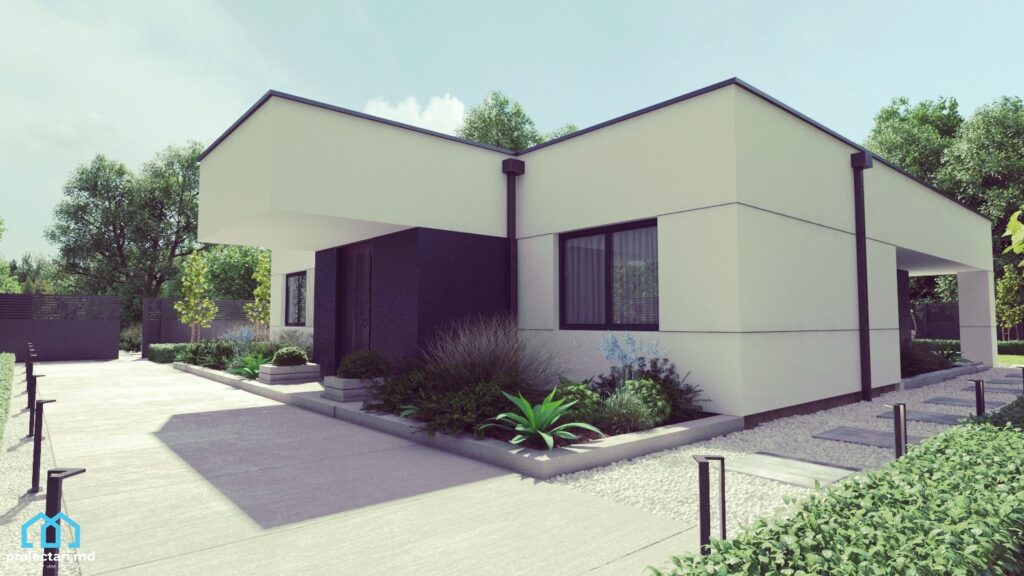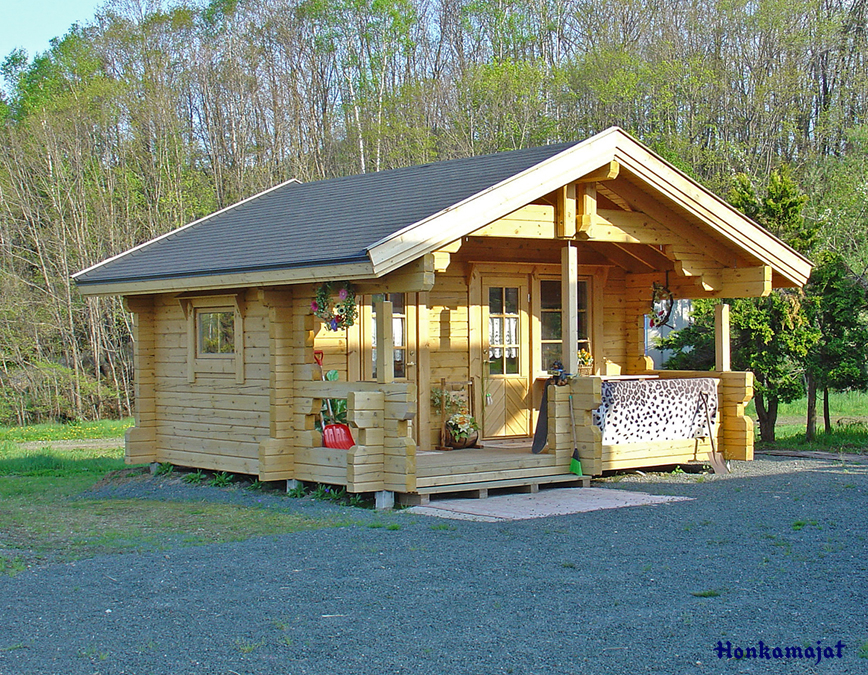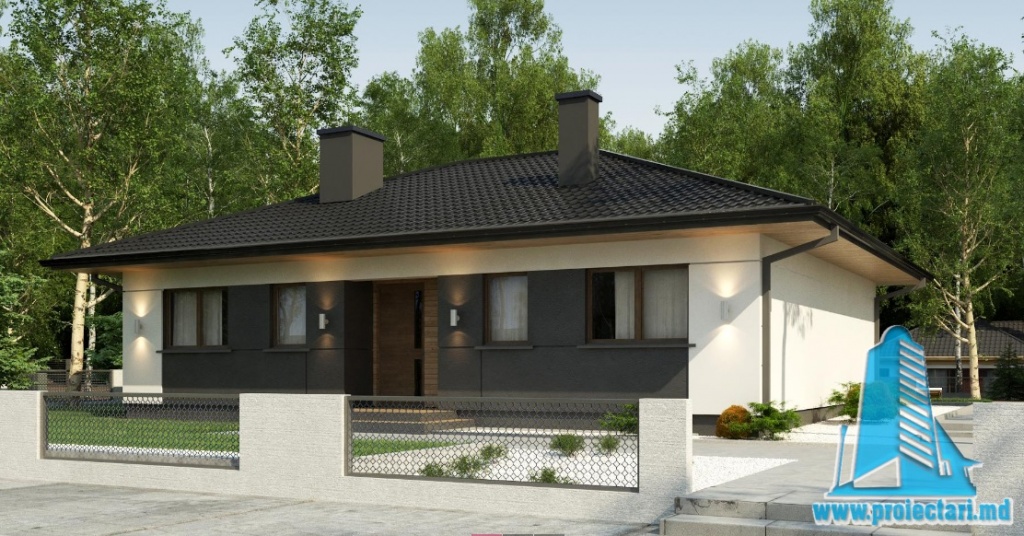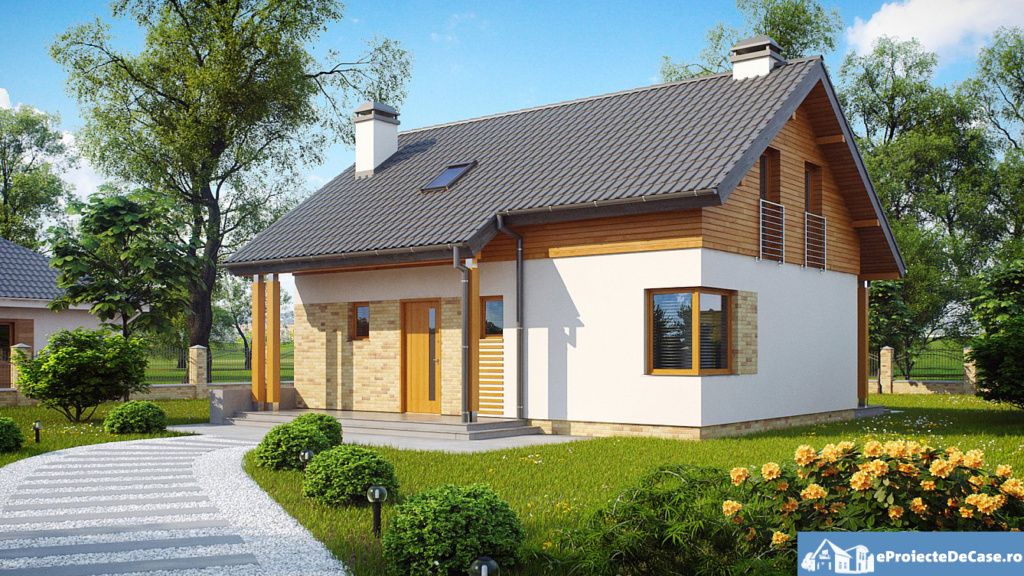The heat pump is an efficient and ecological solution for heating and cooling homes. It works by transferring heat from an external source , such as air, soil or water, inside the house. The advantages of the heat pump include high energy efficiency , significant long-term savings on utility bills, flexibility in use, contribution to sustainability and environmental protection. Installing and maintaining a heat pump requires professional assistance, and there are several types of heat pumps available on the market.
Key Takeaway Information
- The heat pump is an efficient and ecological solution for heating and cooling homes
- It works by transferring heat from external sources such as air, soil, or water
- The advantages of the heat pump include high energy efficiency and significant savings on utility bills
- Installation and maintenance of a heat pump requires professional assistance
- There are several types of heat pumps available on the market
Discover how a heat pump works and why you should choose one for your home.
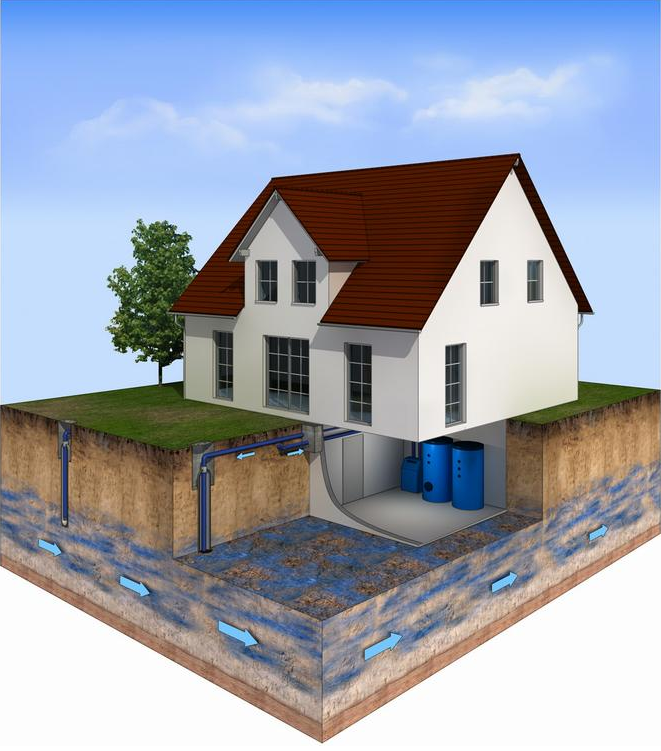
How does a heat pump work?
The heat pump is an efficient device that works by transferring heat from natural sources such as air, soil or water inside the building to provide heating or cooling of the space. It uses a thermodynamic process to capture heat from the external source and releases it inside the building, thus allowing the desired temperature to be maintained. The heat pump can be used both for heating and cooling the home, ensuring optimal thermal comfort in any season.
The operating process of a heat pump involves the transfer of heat between the external source and the interior space of the building. Thermal energy is taken from air, soil or water and transferred by means of a heat agent to the heating or cooling system. The heat pump uses a compressor to raise the temperature of the heating medium and ensure efficient heat transfer. Through this process, the heat pump contributes to optimal thermal comfort in an environmentally friendly and energy efficient way.
“The heat pump uses natural heat sources such as air, soil or water to provide heating and cooling of the home.By means of a thermodynamic process, thermal energy is transferred inside the building, providingthermal comfortin any season.”
The operation of a heat pump can be influenced by factors such as the outside temperature, the efficiency of the pumps and the size of the building. It is important to consider these factors when installing and sizing the heat pump system, in order to achieve the best results in terms of energy efficiency and thermal comfort of the home.
| Benefits | disadvantage |
|---|---|
| High energy efficiency Significant savings on utility bills Uses renewable energy sources Contributes to protecting the environment | Higher initial installation costs Requires professional assistance for installation and maintenance |
Operation of a heat pump
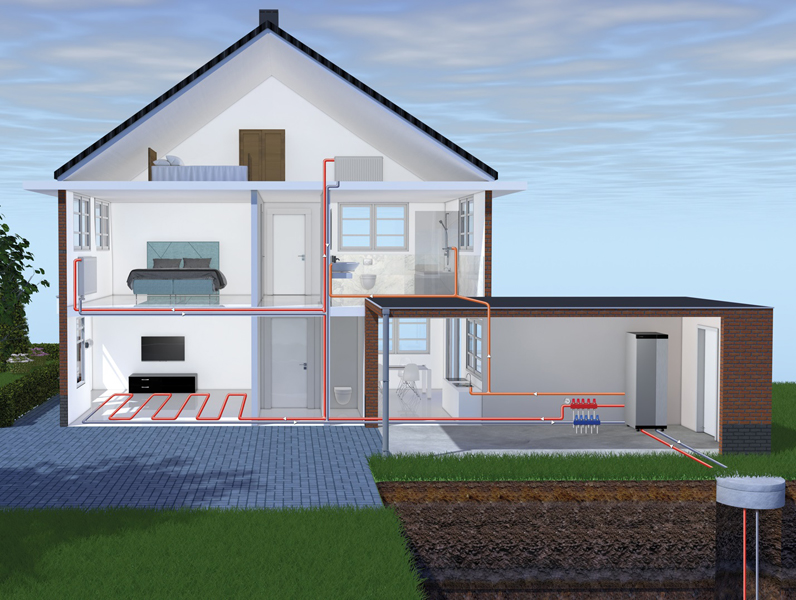
Why choose heat pumps?
Iasi heat pumps are an increasingly popular choice due to the advantages they offer. These include energy saving, durability, high energy efficiency and increased comfort in the home. A heat pump is able to extract heat from a renewable energy source, such as air, soil or water, and transfer it inside the house to ensure space heating or cooling.
A heat pump is a smart investment because it allows significant long-term savings on utility bills. It works with a high level of energy efficiency, using a small amount of electricity to provide heat and cooling in the home. Thus, you will notice a significant decrease in heating and cooling costs, which will contribute to greater energy savings .
In addition, Iasi heat pumps bring increased thermal comfort to the home due to the fact that they can maintain a constant internal temperature, regardless of the external weather conditions. This advanced technology allows precise regulation of temperature and humidity, ensuring an ideal environment for your comfort. Regardless of whether it is summer or winter, you will be able to benefit from a pleasant temperature in the house, creating an optimal environment for rest and relaxation.
Also, the installation and maintenance of a heat pump requires professional assistance to ensure optimal long-term operation. In Iasi, there is a network of professional heat pump installers that offer quality services in installation, maintenance and repairs. By choosing a specialized installer, you will benefit from the expertise and knowledge necessary to choose and install the right heat pump for the specific needs of your home.
| Advantages of Iasi heat pumps | Economy energy | Durability | Energetic efficiency | Thermal comfort | Specialized installers |
|---|---|---|---|---|---|
| ✓ | ✓ | ✓ | ✓ | ✓ | ✓ |
How does an air-to-water heat pump work?
The air-water heat pump uses air as an external heat source. By means of a thermodynamic cycle, the pump captures and transfers the heat from the outside air inside the building, ensuring the heating or cooling of the space. This type of heat pump is suitable for use in areas with temperatures between -20 and +40 degrees Celsius.
The operating process of an air-to-water heat pump consists of the following steps:
- Outside air is absorbed by the heat pump via a fan and an evaporator. During this process, the refrigerant present in the evaporator captures heat from the ambient air and evaporates.
- This heated gas refrigerant is compressed by the heat pump’s compressor, causing its temperature to rise.
- The resulting hot gas is transferred to a condenser, where it gives up its heat to water in the building’s heating system.
- The condensed refrigerant returns to its liquid form and is allowed to cool in a device called an expansion valve.
- The process is repeated and the heat pump continues to capture the heat from the outside air and transfer it to the house or building in which it is installed.
In conclusion, the air-to-water heat pump works by taking the heat from the outside air and transferring it inside the building, thus ensuring the heating or cooling of the space.This type of heat pump is suitable for the area
How does an air-to-air heat pump work?
Air-to-air heat pumps are efficient devices that take heat from the outside air and transfer it to the indoor air of the building to provide space heating or cooling. These heat pumps use a thermodynamic cycle and a refrigerant to capture, transport and release heat. Regardless of the outside temperature, the heat pump can work efficiently by vaporizing the refrigerant at very low temperatures, which allows heat transfer.
Heat transfer in an air-to-air heat pump
The heat transfer process in an air-to-air heat pump is accomplished by means of two thermodynamic cycles: the evaporator cycle and the condenser cycle. In the evaporator cycle, the refrigerant takes heat from the outside air and evaporates, absorbing heat from the outside environment and extracting thermal energy. This resulting vapor is then compressed in the condenser, where it gives up heat to the indoor air, releasing heat into the heated space. The cycle is repeated continuously, ensuring constant heating or cooling of the building.
Using the renewable energy of the air, air-to-air heat pumps are an ecological and efficient solution for ensuring thermal comfort in homes.
Through its efficient operation, the air-to-air heat pump can provide the necessary heating in winter and the necessary cooling in summer, contributing to thermal comfort in all seasons. This is a more sustainable alternative to the traditional heating and air conditioning system, as it uses renewable energy from the surrounding air and reduces dependence on conventional energy sources. By using an air-to-air heat pump, you can achieve significant savings on your energy bills while having a lower impact on the environment.
| Advantages of air-to-air heat pumps: |
|---|
| 1. High energy efficiency |
| 2. Significant savings on energy bills |
| 3. Use of renewable energy |
| 4. Efficient operation even at low temperatures |
| 5. Contribution to environmental protection |
How does a water-to-water heat pump work?
The water-to-water heat pump is an efficient heating system that uses water as an external heat source. The process begins by taking heat from a water source, such as a spring or lake. The captured water is then transferred to the building’s heating system via a thermodynamic cycle.
A cooling fluid is used to capture heat from the water source and is compressed to raise the temperature. Then, the heat is released into the heating system, ensuring thermal comfort in the home. The water-to-water heat pump uses the renewable thermal energy of water, thus contributing to a reduced environmental impact and significant energy savings.
It is important to note that this heating system is suitable for areas where there is access to a water source, such as a river or lake. Once installed and configured correctly, a water-to-water heat pump can provide heat efficiently and sustainably for homes.
The benefits of a water-to-water heat pump
- Using the renewable thermal energy of water, contributing to the protection of the environment;
- Reduction of heating costs in the long term;
- Increasing the energy efficiency of the heating system;
- Flexibility in using available water sources;
- It contributes to the creation of a comfortable and healthy indoor environment.
A water-to-water heat pump can be an excellent choice for heating your home as well as enjoying the benefits of a renewable heat source. Although installation requires professional assistance, the long-term benefits and significant savings on energy bills make a water-to-water heat pump a valuable investment for your thermal comfort and environmental protection.
How does a ground-water heat pump work?
The ground-water heat pump is an innovative system that uses the renewable thermal energy of the ground to provide heating for homes. Its operation is based on taking heat from the ground through solar collectors or geothermal wells and transferring it to buildings. The process takes place via a thermodynamic cycle, which uses a working fluid to capture, transport and release heat in the heating system. By using the sustainable thermal energy of the soil, the ground-water heat pump contributes to reducing carbon emissions and protecting the environment.
Operation:
To better understand how a ground-water heat pump works, we need to analyze the main stages of the thermodynamic cycle:
- Heat Capture: Solar collectors or geothermal wells are used to capture heat from the ground. Solar collectors are placed outside the building, on the ground or on the roof, and contain an antifreeze liquid that absorbs heat from the ground. Geothermal probes are placed in the ground and take heat from deep within the soil.
- Heat transfer: The heat taken from the ground is transported by means of a working fluid to the heat pump. This fluid absorbs heat and increases its temperature during the process.
- Heat release: When the working fluid reaches the heat pump, it releases heat into the building’s heating system. This process allows efficient heating of the home with the help of the renewable thermal energy of the soil.
Ground-water heat pumps offer multiple advantages, such as high energy efficiency, independence from fossil fuels and lower long-term maintenance costs. These systems represent an ecological and sustainable solution for heating homes, contributing to reducing energy consumption and protecting the environment.
| Benefits | disadvantage |
|---|---|
| Uses the renewable thermal energy of the ground Provides high energy efficiency Contributes to the reduction of carbon emissions Lower long-term maintenance costs | Higher initial installation cost Requires space to place solar collectors or geothermal well Dependence on geological and climatic conditions |
Advantages-disadvantages Heat pump
How much does a heat pump consume?
Heat pumps are known for their energy efficiency and ability to reduce energy consumption in homes. They use thermal energy from external sources such as air, soil or water to heat or cool a building. The energy consumption of a heat pump depends on several factors, such as the type of heat pump, the size of the building, the outside temperature and the heating or cooling needs.
An important measure of the energy efficiency of a heat pump is the coefficient of performance (COP). It represents the ratio between the amount of heat supplied by the pump and the electrical energy consumed. The higher the COP value, the more efficient the heat pump. Modern heat pumps have COP values that can reach and exceed 4, which means that for every unit of electricity consumed, up to 4 units of heat are provided.
By using a heat pump, significant savings can be made on energy bills in the long term. Compared to other conventional heating systems, such as gas or solid fuel boilers, heat pumps can reduce energy consumption by up to 50%. Heat pumps can also be powered by renewable energy sources such as solar or wind panels, which can further reduce the environmental impact.
| Table: Energy efficiency of some common types of heat pumps | |
|---|---|
| Heat pump type | Coefficient of Performance (COP) |
| Air-water heat pump | 3 – 4 |
| Air-to-air heat pump | 2 – 3 |
| Water-to-water heat pump | 4 – 5 |
| Ground-water heat pump | 4 – 6 |
Energy efficiency of some common types of heat pumps
In conclusion, heat pumps are efficient and economical solutions for heating and cooling homes. With low energy consumption and high capacities to use renewable energy sources, they can contribute to the thermal comfort of a building and protect the environment.

Top 20 heat pumps
There are a variety of heat pumps available on the market, each with unique technical specifications and features. We have made a selection of the 20 most famous heat pumps, which stand out for their performance, energy efficiency and innovation. These models were chosen based on positive user feedback and expert reviews.
X-Heat 5000 heat pump
Technical specifications:Energy efficiency: A++Thermal power: 12 kWCoefficient of performance (COP): 4.7Price: $2500
The X-Heat 5000 heat pump is a popular choice due to its high performance and energy efficiency. With a COP of 4.7 and energy efficiency class A++, this model can ensure optimal thermal comfort while reducing electricity consumption. The X-Heat 5000 heat pump is suitable for both space heating and cooling, offering versatility and significant savings on utility bills.
EcoWarm 8000 heat pump
Technical specifications:Energy efficiency: A+Thermal power: 15 kWCoefficient of performance (COP): 4.5Price: $2800
The EcoWarm 8000 heat pump is a popular choice for users who want energy efficiency and excellent performance. With an energy efficiency class A+ and a COP of 4.5, this model ensures efficient heating and significant savings on the energy bill. The EcoWarm 8000 heat pump is suitable for medium and large homes, offering optimal thermal comfort and low electricity consumption.
SmartHeat 10000 heat pump
Technical specifications:Energy efficiency: A++Thermal power: 18 kWCoefficient of performance (COP): 5.1Price: $3200
The SmartHeat 10000 heat pump stands out for its superior energy efficiency and excellent performance. With a COP of 5.1 and energy efficiency class A++, this model ensures optimal thermal comfort and significant savings on heating bills. The SmartHeat 10000 heat pump is suitable for large homes or commercial buildings, offering an efficient and environmentally friendly solution for heating and cooling spaces.
For a complete list of the 20 best heat pumps, we invite you to visit www.Proiectari.md and view our range of high quality products.

Conclusion
Heat pumps are an efficient and ecological solution for heating and cooling homes. They offer advantages such as high energy efficiency, significant long-term savings on utility bills and increased thermal comfort. Choosing the right heat pump requires research and consultation with a specialist to ensure correct sizing and proper installation.
With a heat pump, you can experience sustainable thermal comfort and help protect the environment. The energy efficiency of these systems is measured by the coefficient of performance (COP), which shows the ratio between the heat supplied and the electrical energy consumed. The higher this coefficient, the higher the efficiency of the heat pump, ensuring significant savings on utility bills.
By means of a heat pump, one can benefit from greater control over the thermal comfort of the home, ensuring a constant and pleasant temperature throughout the year. However, it is important to take into account the specifications and individual needs of the home in order to choose the right heat pump. For any additional information or assistance in choosing, installing and maintaining a heat pump, you can contact the specialists at Proiectari.md.
FAQ
How does a heat pump work?
The heat pump takes thermal energy from an external source, such as air, water or soil, and transfers it inside the building to provide heating or cooling of the space.
Why choose Iasi heat pumps?
Iași heat pumps offer energy savings , durability , high energy efficiency and increased comfort in the home. There is a network of professional heat pump installers in Iași who offer quality assistance and services in installation and maintenance.
How does an air-to-water heat pump work?
The air-water heat pump captures and transfers the heat from the outside air into the interior of the building, ensuring the heating or cooling of the space. This type of heat pump is suitable for areas with temperatures between -20 and +40 degrees Celsius.
How does an air-to-air heat pump work?
The air-to-air heat pump takes heat from the outside air and transfers it to the indoor air of the building. This type of heat pump can work efficiently even at low temperatures.
How does a water-to-water heat pump work?
The water-to-water heat pump takes heat from a water source, such as a spring or lake, and transfers it to a heating system . This type of heat pump uses the renewable thermal energy of water.

How does a ground-water heat pump work?
The ground-water heat pump takes heat from the ground through solar collectors or geothermal probes and transfers it to buildings for heating . This type of heat pump uses the renewable thermal energy of the ground.
How much does a heat pump consume?
A heat pump consumes electricity, which can be obtained either from the grid or from renewable sources such as photovoltaic panels. The energy efficiency of a heat pump is measured by the coefficient of performance (COP), which shows the ratio between the heat supplied by the pump and the electricity consumed.
What are the best heat pumps?
There are a variety of heat pumps available on the market, each with unique technical specifications and features. A top 20 of heat pumps can include models such as the Termax 12 kW heat pump. It is important to analyze the specifications and individual needs of the home in order to choose the right heat pump.
What are the advantages of the heat pump?
Heat pump advantages include high energy efficiency, significant savings on long-term utility bills, flexibility in use, durability and environmental protection. Heat pumps are an efficient and ecological solution for heating and cooling homes.
How to install and maintain a heat pump?
Installing and maintaining a heat pump requires professional assistance. The involvement of a specialist is recommended to ensure the correct choice of the right heat pump for the specific needs of the home and to ensure proper installation and maintenance.
Why choose a heat pump for heating?
Heat pumps are an efficient and ecological solution for heating homes. They offer significant long-term savings on utility bills and help reduce your carbon footprint, helping to protect the environment.







